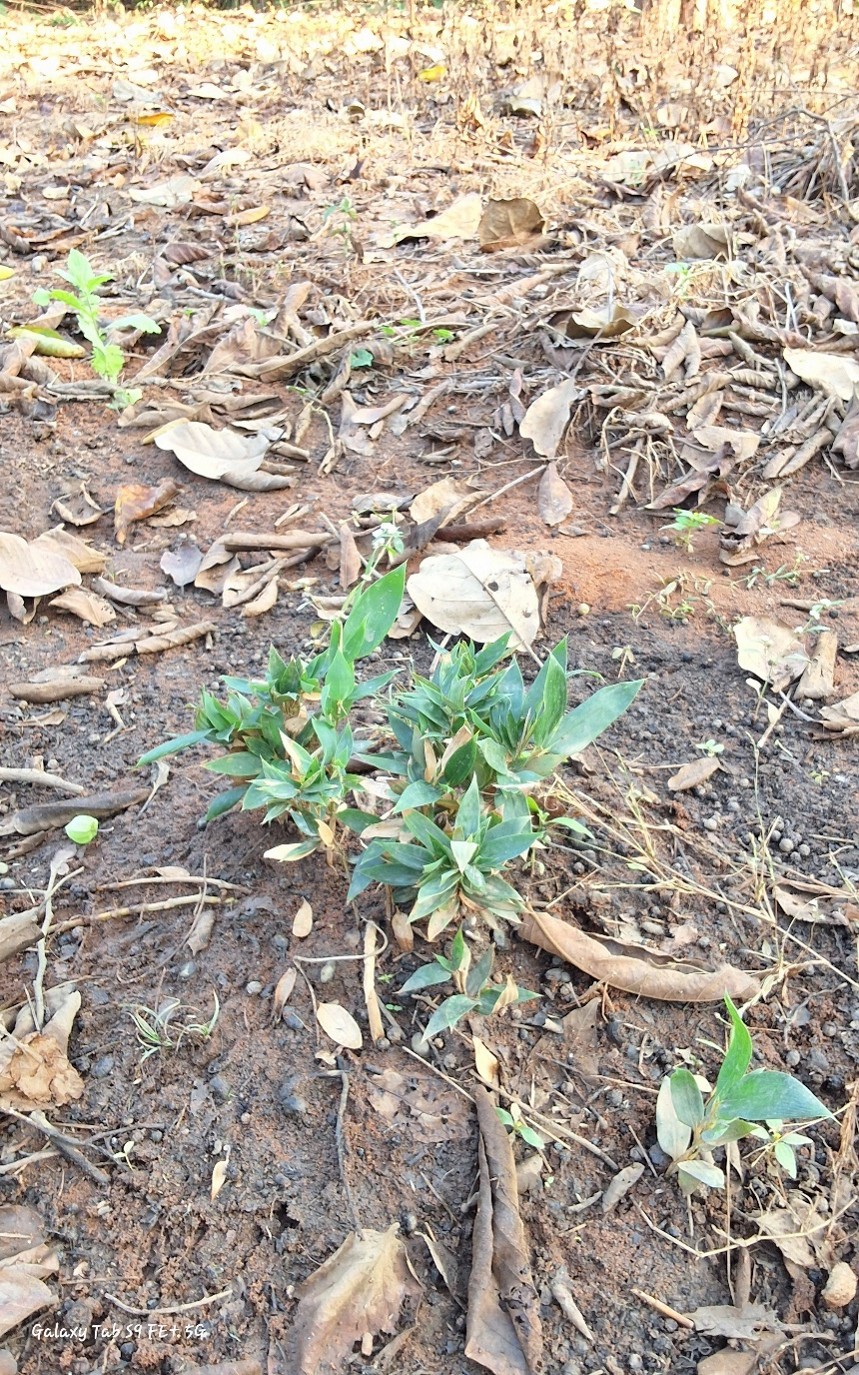Shibataea kumasaka,

Shibataea kumasaka,
commonly known as Kumasaka Bamboo, belongs to the family Poaceae, the grass family. This bamboo species is native to Japan and parts of East Asia, where it is cherished for its ornamental value and utility in traditional crafts.
This small to medium-sized bamboo typically grows to a height of 5 to 10 meters, with culm diameters ranging from 2 to 5 cm. The internodes are 20 to 30 cm long and slender, with smooth, glossy green culms that are occasionally streaked with a lighter hue. The culms are thin-walled and flexible, making them suitable for intricate weaving and craftwork.
Ecologically, Cibatia kumasaka contributes to biodiversity by providing shelter and food for various species of wildlife. It is often cultivated in gardens and urban landscapes for its aesthetic appeal and its ability to stabilize soil, preventing erosion in sloped or hilly terrains.
Cibatia kumasaka holds significant value for its cultural and economic applications. Its fine and flexible culms are extensively used in basketry, mat weaving, and other artisanal crafts. It is also used in the production of lightweight furniture, fencing, and decorative panels. Its compact size and graceful appearance make it a popular choice for landscaping and bonsai cultivation.
This bamboo thrives in well-drained soils, including sandy and loamy soils, with a pH range of 5.5 to 7.0. It prefers regions with moderate to high humidity and an annual rainfall of 1000 to 2000 mm. It grows well in both full sun and partial shade, making it adaptable to various environmental conditions. It is commonly found at altitudes from sea level to 800 meters.
Propagation of Cibatia kumasaka is primarily achieved through rhizome or culm cuttings, as it rarely produces viable seeds due to its long flowering intervals. Tissue culture methods are increasingly employed for large-scale propagation to cater to its demand in horticulture and craft industries.
Like other bamboos, Cibatia kumasaka is monocarpic, flowering only once in its lifetime before dying. The flowering cycle is unpredictable and occurs every 40-70 years. Sporadic flowering is rare but can be triggered by stress or environmental changes.
Cibatia kumasaka is celebrated for its delicate appearance, craftsmanship potential, and ecological contributions. Its versatility and cultural significance make it an indispensable species in both traditional Japanese art and modern landscaping.
Listen Audio:
Need assistance? BRTC Faculty